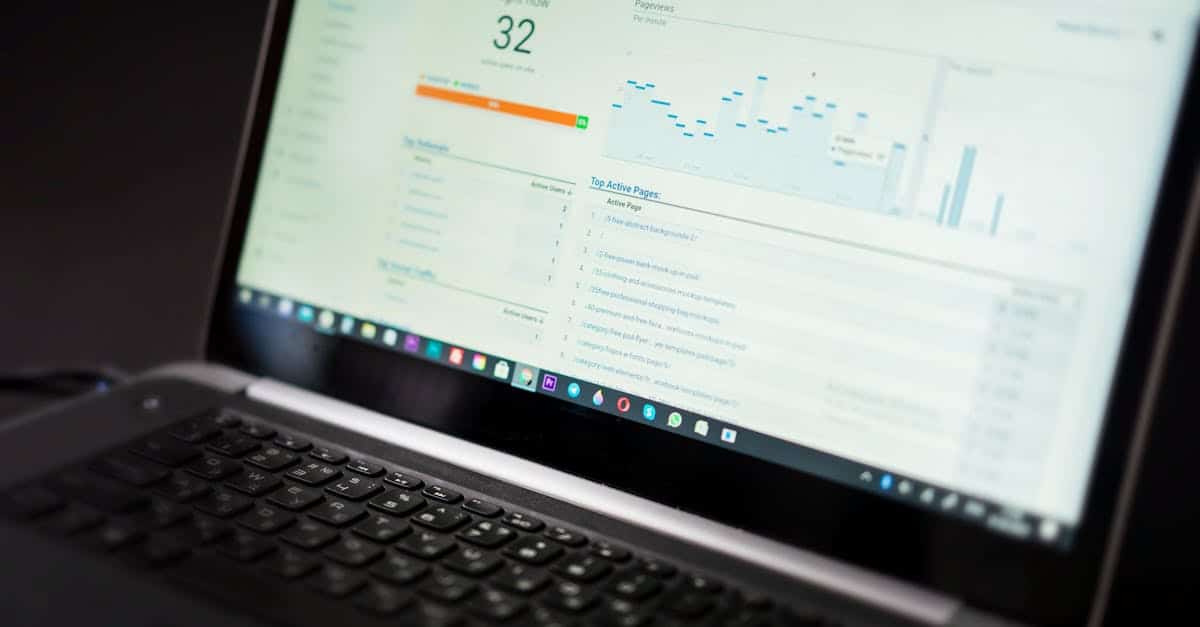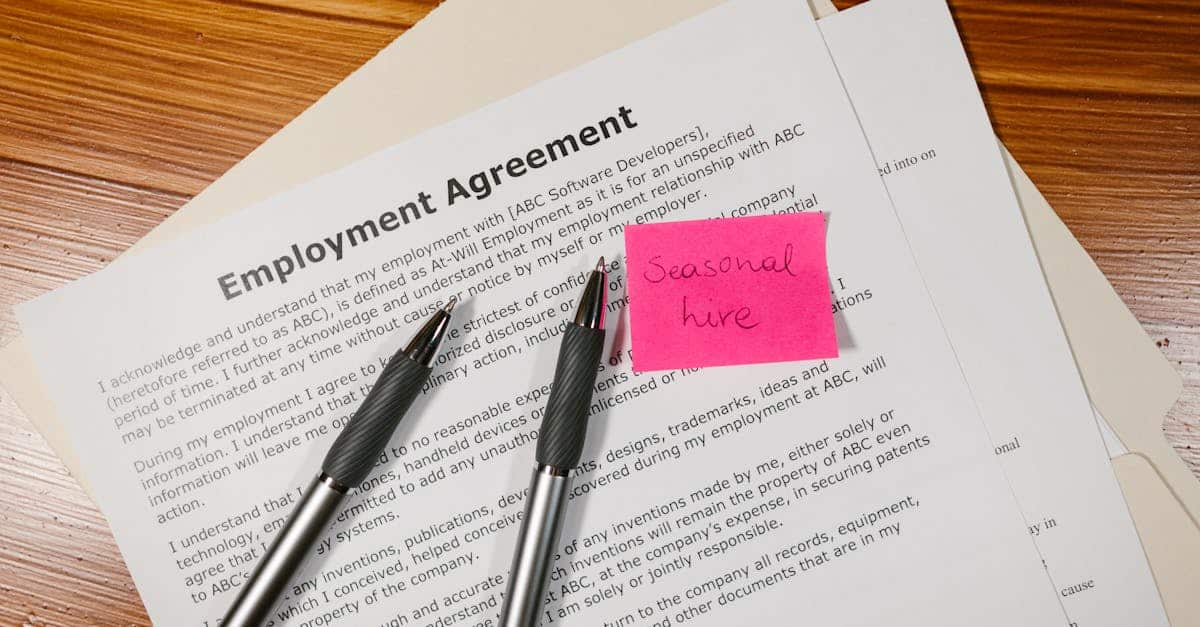
Introduction
Every lost offer, delayed start, or payroll glitch is more than an administrative annoyance — it’s time, money, and talent walking out the door. For HR onboarding, compliance, and hiring leaders, tightening the window between offer and day one is now a strategic priority. This article shows how you can use document automation plus event‑based triggers and reminders to enforce Offer‑to‑Onboard SLAs that cut time‑to‑hire, boost acceptance rates, and prevent early churn.
What you’ll get:
- Clear SLA definitions and the KPIs they move (acceptance rate, time‑to‑productivity, payroll accuracy)
- Practical automated trigger chains and template libraries to keep candidates moving
- Escalation rules, live SLA dashboards, and retention nudges to stop stalls
- Integration tactics for e‑sign, HRIS, and payroll, plus sample workflow maps and ready‑to‑use Formtify templates
Start with one workflow, measure the impact, and scale—this post walks you through the checklist and tools to do exactly that.
Define offer‑to‑onboard SLAs and the business metrics they impact
Offer‑to‑onboard SLA is the maximum allowable time between making an offer and the new hire’s official start (or completed onboarding milestones).
Define SLAs tied to specific checkpoints: offer sent, offer accepted, background clear, equipment provisioned, and start date confirmed. Use measurable targets, e.g., offer acceptance within 72 hours, background clear within 5 business days, equipment shipped within 3 days of acceptance.
Business metrics impacted
- Time‑to‑productivity — shorter offer‑to‑onboard reduces time until a new employee contributes.
- Offer acceptance rate — responsiveness and speed increase acceptance and reduce counter‑offers.
- New hire retention — clear, punctual onboarding links to higher retention in first 90 days.
- Hiring efficiency — fewer reopenings of roles and lower agency or recruiter costs.
- Payroll accuracy and time‑to‑first‑pay — syncing onboarding with payroll reduces pay errors and corrections.
Use these metrics as KPIs in your HR onboarding dashboard and align SLA targets with business priorities (growth velocity, compliance risk, and cost control). This connects the hr onboarding process directly to measurable outcomes.
Automated triggers: send offer → start reminders → equipment and benefits provisioning
Automated triggers are the backbone of scalable employee onboarding. Configure event‑based triggers to move candidates through the new hire onboarding journey without manual handoffs.
Core trigger chain
- Offer sent → start an acceptance countdown and send immediate reminder after 48–72 hours.
- Offer accepted → trigger background check initiation, send welcome packet, and kick off equipment provisioning.
- Background cleared → trigger benefits enrollment window and IT account creation.
- Pre‑start reminders → automated messages at 7, 3, and 1 day before start for forms, orientation links, and first‑day logistics.
Integrate onboarding software and hr onboarding automation tools so each trigger also updates your hr onboarding checklist and notifies hiring managers. Automations reduce bottlenecks in the onboarding process and ensure consistent new employee training and orientation programs.
Templates and status checks to keep candidates moving: offer letters, acceptance forms, background check authorizations
Standardized templates and real‑time status checks remove ambiguity for candidates and HR alike. Use templates for every recurring communication and require confirmation checkpoints to progress.
Essential templates
- Offer letter template — include role, salary, start date, conditions; link to an e‑sign version (see Formtify offer letter template).
- Acceptance form — capture candidate signatures, preferred contact, and start availability.
- Background check authorization — standardized legal language and a clear consent flow.
- Equipment request form — capture role‑based hardware and software needs.
Status checks and gating
Implement simple, required status checks at each milestone: offer acknowledged, documents signed, background completed, equipment scheduled. Display these statuses on a shared tracker so recruiters and hiring managers can see exactly where a candidate is in the hr onboarding process and act quickly if a step stalls.
For ready‑to‑use examples, adapt templates like an offer letter (https://formtify.app/set/job-offer-letter-74g61) and employment agreement (https://formtify.app/set/employment-agreement-mdok9) into your hr onboarding template library.
Escalation rules and SLA monitoring dashboards for HR operations
Escalation rules ensure stalled items get attention before they become offer losses or delayed starts. Define who gets notified and when, and automate escalation steps tied to SLA thresholds.
Practical escalation structure
- Initial reminder at 48–72 hours after offer sent to candidate and recruiter.
- If no response at SLA threshold, escalate to hiring manager and HR business partner.
- At critical SLA breach (e.g., past start date without equipment), escalate to head of talent acquisition or operations.
SLA monitoring dashboard
Build a dashboard that shows live SLA statuses: open offers, days since offer, bottleneck reasons, and resolution times. Include filters for role, manager, and location so HR operations can prioritize work. Track hr onboarding metrics and KPIs such as acceptance rate, time‑to‑start, and time to equipment provisioning to spot trends and continuous improvement opportunities.
Reducing churn: automated nudges, conditional extension templates and counter‑offer handling
Early churn often happens between offer and day one. Use timely, personalized nudges and contingency templates to keep candidates engaged and manage counter‑offers.
Automated nudges
- Behavioral reminders — tailored messages based on candidate actions (e.g., opened offer but not signed).
- Content nudges — share team welcome videos, first‑day agenda, and peer introductions to increase emotional commitment.
Conditional extension and counter‑offer templates
Have ready templates for extending response windows or modifying start dates—conditional on managerial approval. For counter‑offers, use a standardized evaluation template to log requests, responses, and business justification so decisions are trackable and consistent.
These tactics feed into your hr onboarding checklist and retention strategies for new hires by creating a predictable, respectful experience that reduces second thoughts and no‑shows.
Integrating SLAs with HRIS, e‑sign and payroll to speed first‑pay processing
Link your SLAs to core systems so onboarding steps automatically move data into payroll, benefits, and access provisioning. Integration removes duplicate data entry and accelerates first‑pay processing.
Key integrations
- HRIS — push completed forms and status flags to the employee record to trigger benefits and timekeeping setup.
- E‑sign — capture signed offer and employment agreements immediately and store them in the HRIS or a secure document repository.
- Payroll — transfer tax and direct deposit data as soon as forms are signed to avoid pay delays.
Map SLA milestones to system handoffs: e.g., when the acceptance form is signed, trigger payroll data ingest and IT provisioning. This alignment reduces payroll errors, shortens time‑to‑first‑pay, and improves the new hire experience.
Sample template workflow maps and recommended Formtify templates to implement now
Below are two concise workflow maps and recommended Formtify templates to get live quickly with an automated hr onboarding process.
Workflow A — Fast offer‑to‑start (for high‑volume roles)
- Trigger: Recruiter submits offer → send e‑signed offer letter (Formtify: job offer letter) https://formtify.app/set/job-offer-letter-74g61
- Candidate signs → automated background check auth and equipment request sent
- Background cleared → benefits enrollment and IT provisioning; HRIS entry created
- Pre‑start reminders at 7/3/1 days → first‑day orientation email
Workflow B — Executive or specialized hire (higher touch)
- Trigger: Hiring team approves verbal offer → send tailored employment agreement (Formtify: employment agreement) https://formtify.app/set/employment-agreement-mdok9
- Acceptance → legal review and counter‑offer handling template used if needed
- Document collection: background, signed agreement, and verification letter (Formtify: employment verification) https://formtify.app/set/78-employment-verification-letter-6fexi
- Final signoff → payroll onboarding and executive equipment provisioning
Immediate Formtify templates to implement
- Offer letter: https://formtify.app/set/job-offer-letter-74g61
- Employment agreement: https://formtify.app/set/employment-agreement-mdok9
- Termination & conditional templates: https://formtify.app/set/termination-of-employment-letter-eyvtl
- Employment verification: https://formtify.app/set/78-employment-verification-letter-6fexi
Use these maps with your hr onboarding checklist and hr onboarding software to automate handoffs and monitor SLAs. Start small—pilot one workflow, track onboarding metrics and KPIs, then scale across the organization.
Summary
This post lays out a practical, step‑by‑step approach to enforce Offer‑to‑Onboard SLAs using event‑based triggers, standardized templates, escalation rules, and system integrations so teams can shorten time‑to‑hire, improve acceptance rates, and reduce early churn. Document automation removes manual handoffs, ensures consistent legal language and audit trails, and keeps recruiters, hiring managers, and compliance aligned — freeing HR and legal teams to focus on exceptions instead of routine follow‑ups. Start small with one workflow, measure the KPIs (acceptance rate, time‑to‑start, time‑to‑productivity), then scale the templates and escalation rules across roles to lock in gains in speed and accuracy for HR onboarding. Ready to get started? Implement the examples and templates in this article and see instant impact — visit https://formtify.app to launch a pilot workflow today.
FAQs
What is HR onboarding?
HR onboarding is the structured process that brings a new hire from offer acceptance to full role integration, covering paperwork, system access, training, and cultural orientation. It ensures compliance, captures required documents, and sets the expectations and resources a new employee needs to become productive.
How long should onboarding last?
Onboarding length varies by role and complexity, but a practical model includes immediate offer‑to‑start SLA steps (offer acceptance within 48–72 hours), a focused first week for essentials, and a 30–90 day ramp to full productivity. Some organizations extend parts of onboarding—mentoring, performance checkpoints—to six months for complex or executive roles.
What should be included in an onboarding checklist?
A good checklist includes offer and acceptance confirmation, signed employment documents, background check completion, equipment and IT provisioning, benefits and payroll setup, and scheduled orientation or training sessions. Make each item a measurable status check tied to automated triggers so nothing stalls without an assigned owner.
What is the difference between onboarding and orientation?
Orientation is typically a short, first‑day or first‑week introduction to company policies, culture, and logistics, while onboarding is the broader, ongoing process that integrates the employee into their role and team. Onboarding includes orientation but also covers role‑specific training, systems access, performance milestones, and ongoing check‑ins.
How do you measure onboarding success?
Measure onboarding success with KPIs like offer acceptance rate, time‑to‑start, time‑to‑productivity, new‑hire retention at 30/90 days, and payroll accuracy or time‑to‑first‑pay. Track these on an SLA dashboard and use automated triggers and templates to move the needle and spot bottlenecks for continuous improvement.





